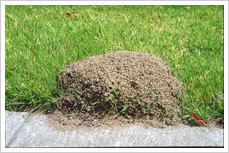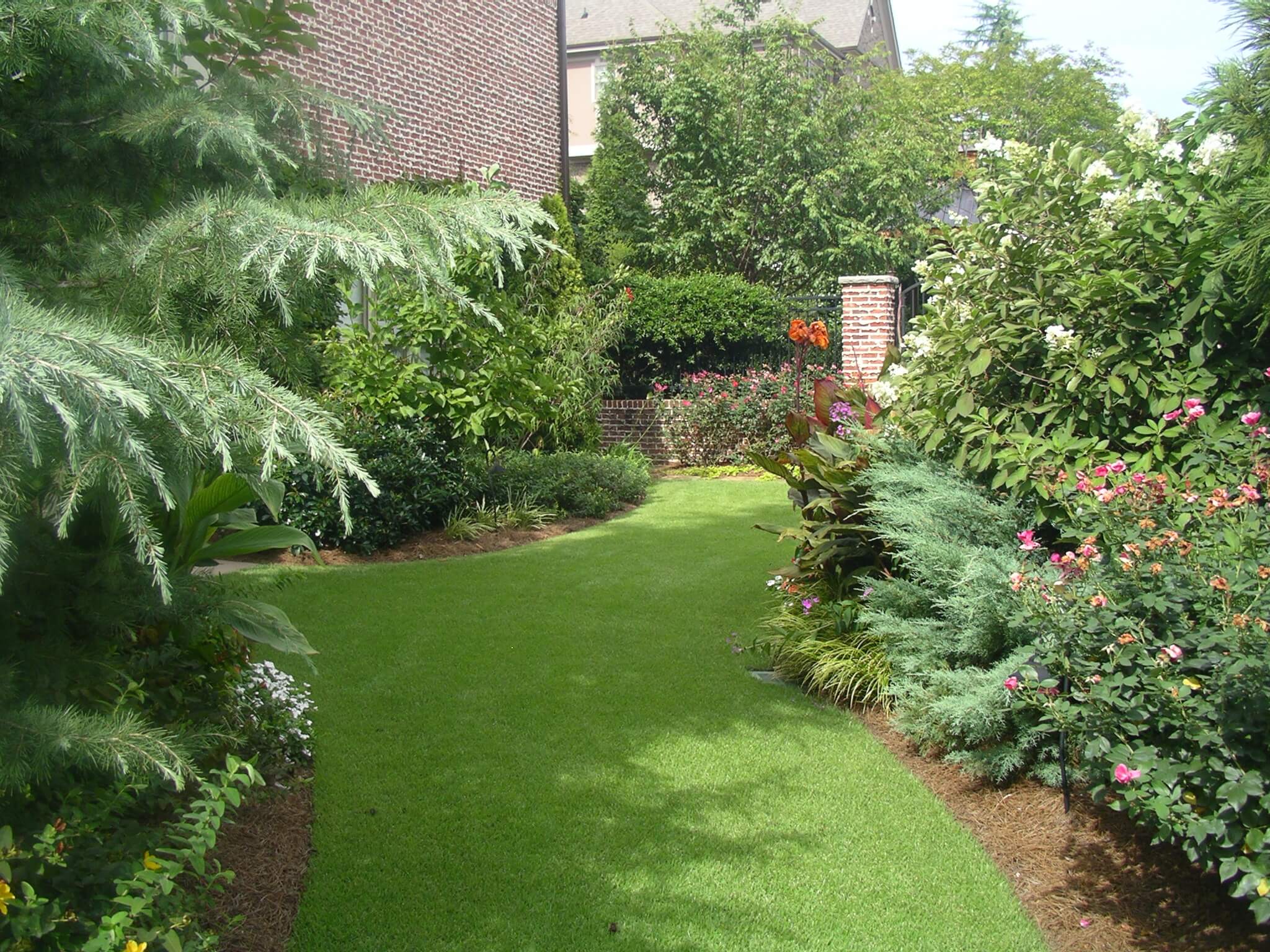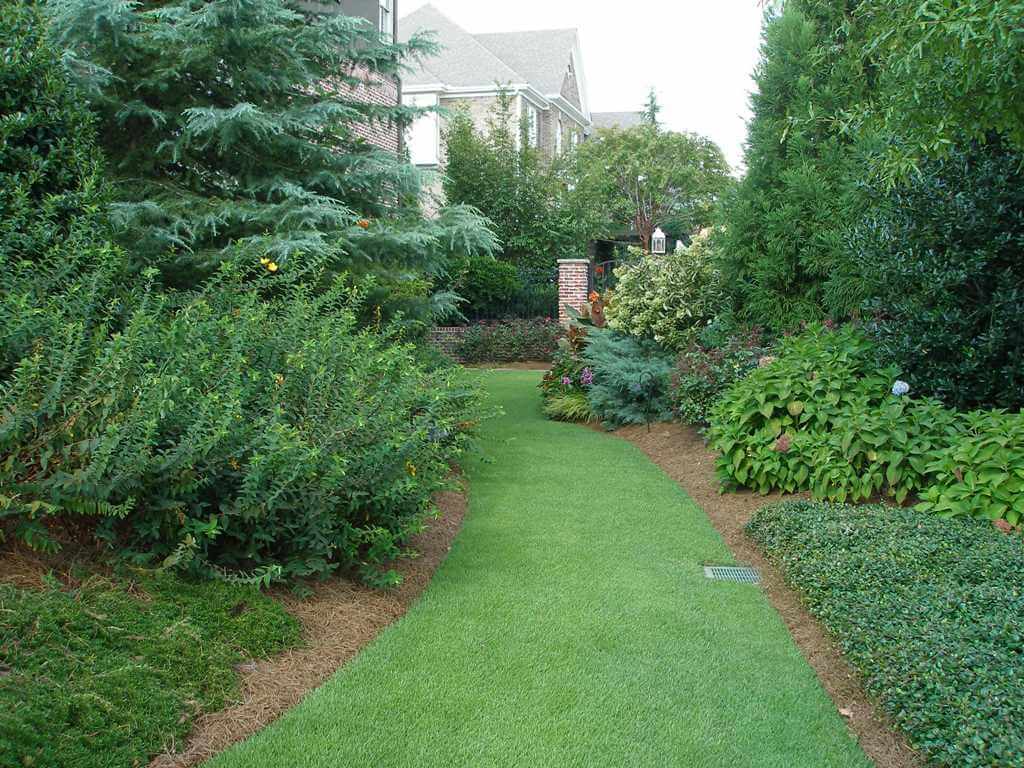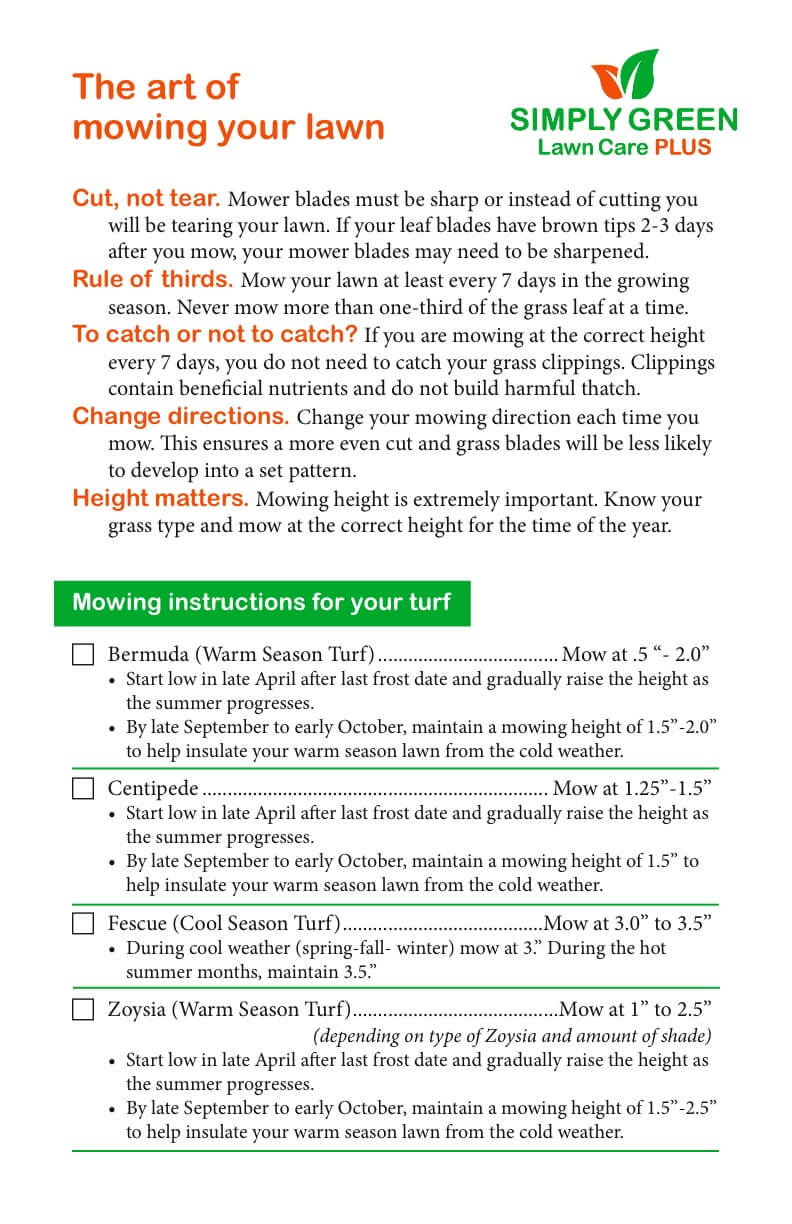
 Mating season is here for this Green June Beetle! Green June Beetles, Chafers, Japanese Beetles and May or June Beetles have started laying their eggs in the soil. Chafers Beetles, Japanese Beetles and May/June Beetles eggs grow into grubs. Grubs feed on a mixture of plant roots and organic matter in the soil. The image above shows an adult Green June Beetle in a Bermuda lawn. Beetles tunnel into the turf and lay their eggs. Depending on the type of Beetle the eggs hatch anywhere between 10-15 days. The grubs are nocturnal feeders that eat organic matter and roots. White grubs grow quickly, reaching full size by late August. Damage to turf is heaviest in September and October. Grubs over winter are deep in the soil, returning to the surface in the spring to feed before pupating a few inches deep in the soil, then the cycle starts over. Depending on the type of Beetle, they feed and damage ornamental trees and shrubs.
Mating season is here for this Green June Beetle! Green June Beetles, Chafers, Japanese Beetles and May or June Beetles have started laying their eggs in the soil. Chafers Beetles, Japanese Beetles and May/June Beetles eggs grow into grubs. Grubs feed on a mixture of plant roots and organic matter in the soil. The image above shows an adult Green June Beetle in a Bermuda lawn. Beetles tunnel into the turf and lay their eggs. Depending on the type of Beetle the eggs hatch anywhere between 10-15 days. The grubs are nocturnal feeders that eat organic matter and roots. White grubs grow quickly, reaching full size by late August. Damage to turf is heaviest in September and October. Grubs over winter are deep in the soil, returning to the surface in the spring to feed before pupating a few inches deep in the soil, then the cycle starts over. Depending on the type of Beetle, they feed and damage ornamental trees and shrubs.
Here at Simply Green we offer two types of grub treatments: preventative ans curative. Preventative grub treatment is for lawns that have had grub issues in the past and want to insure they will not be back. Curative is for lawns that currently have grubs damaging the lawn! We have included more images below showing grub damage!
This is what grub damage looks like on Bermuda. This was taken before the sod was dug up to check for grubs.

This picture is of grubs damaging Bermuda sod.
Also, be sure to follow along on Facebook, Google+ and Twitter!




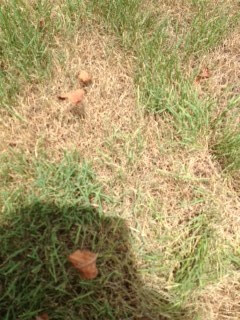


 Are your “Knock Out” roses getting hit hard with disease? If so, this could be the reason. “Knock Out” roses are widely used in both residential and commercial landscapes due to providing showy and continuous blooms! They requiring very low maintenance and you do not need to spray for black spot disease.
Are your “Knock Out” roses getting hit hard with disease? If so, this could be the reason. “Knock Out” roses are widely used in both residential and commercial landscapes due to providing showy and continuous blooms! They requiring very low maintenance and you do not need to spray for black spot disease.